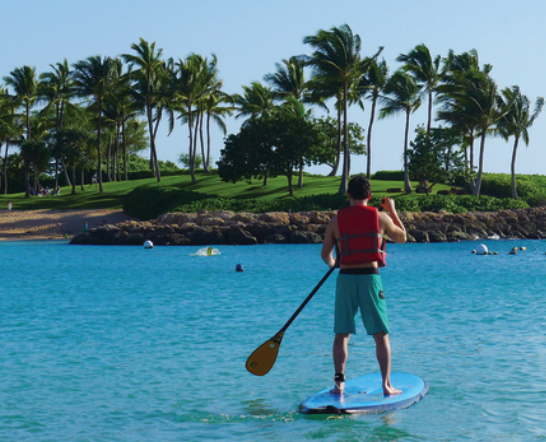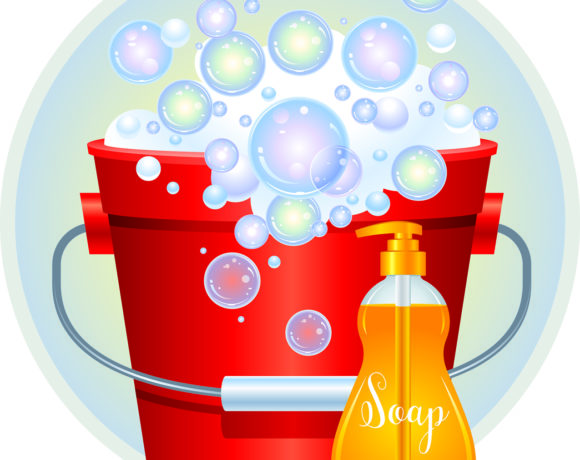Opportunities to engage in outdoor sports abound each spring and summer. Water sports are especially popular during these times of year, as few things evoke the spirit of spring and summer recreation quite as well as activities that involve oceans, lakes, rivers, and other bodies of water.
Paddlesports have become especially popular in recent years. According to the Outdoor Industry Association, nearly 23 million Americans engaged in at least one paddling activity in 2018. Paddlesports also are popular in Canada, where the paddling community Paddle Canada reports that more than 10,000 students take paddlesports courses each year.
Safety is essential when on the water. Both seasoned paddlesports enthusiasts and novices can benefit from revisiting safety techniques and guidelines as they prepare to take to the water this spring and summer.
· Enroll in a safety course. Local organizations and governments typically offer safety courses that teach students the laws and regulations that govern activities on the water as well as proper operation procedures. Such courses can teach novices or remind veterans how to board paddlecrafts like canoes, kayaks and paddleboards. These lessons can be invaluable to water sports enthusiasts and many courses are free or inexpensive.
· Wear a life jacket. Life jackets are a must-have when engaging in paddlesports. Most states in the United States mandate that there must be at least one U.S. Coast Guard-approved life jacket per person onboard a vessel, and that includes kayaks and paddleboards. The Washington State Parks department notes that some modern life jackets are designed specifically for paddlesports, so there’s no reason to avoid wearing one while on the water.
· Wear a leash. Leashes ensure paddleboards don’t drift away when falling off the board. There are many varieties of leash, and novices should speak with a professional at their local outdoor recreation store to find the right leash for them.
· Always check the weather report. It’s vital that paddlesports enthusiasts check the weather report before taking to the water. Athletes should pay particular attention to the forecasts for the bodies of water where they will be paddling. For example, when paddling in an ocean, pay attention to wave forecasts and information about the tides. When paddling on a river, take note of river flow information when reading the forecast. Recognizing how these variables can affect your time on the water is vital to ensuring a safe trip.
· Take essentials with you. Whistles, smartphones (in waterproof bags), sun protection, and drinking water can keep paddlers safe on the water. Take the length of trip into consideration when packing essentials.
Paddlesports season has arrived. That makes now a great time to revisit the many ways to stay safe on the water.








Recent Comments